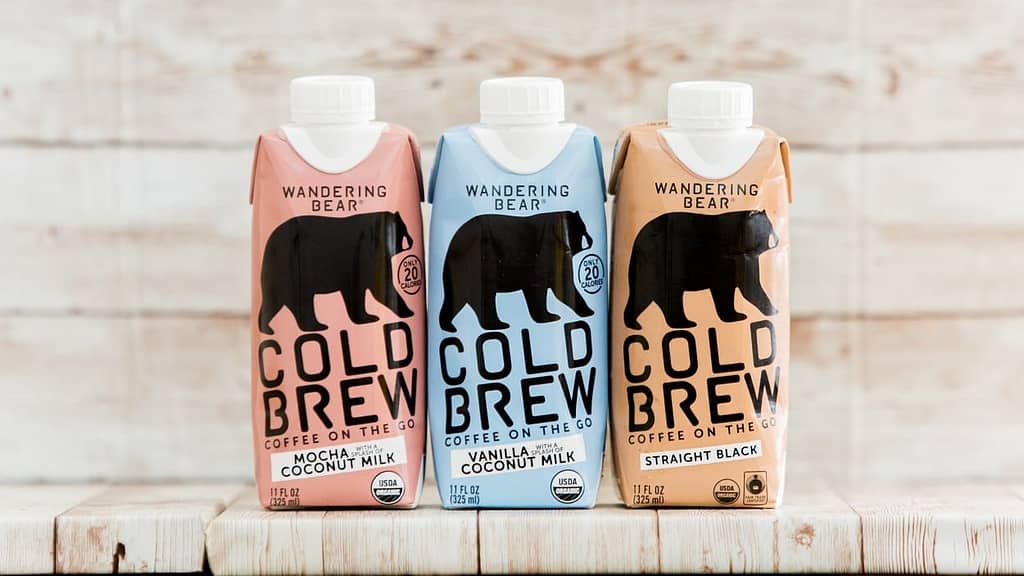[[{“value”:”
How Tetra Pak is working with industry partners to turn used cartons into sustainable building materials, and introducing new initiatives to ensure all its RTD coffee packaging is recycled.
Sustainability has been at the core of Tetra Pak’s purpose since it was established in 1951. When Ruben Rausing introduced the first tetrahedron-shaped paper-based milk carton more than 70 years ago, his vision was to make food safe and available everywhere.
Today, those founding principles remain rooted in social sustainability, but the focus now fully encompasses the company’s impact on the planet.
“Ruben Rausing once said that a package should save more than it costs,” says Tetra Pak Sustainability Director Vikas Ahuja.
“Today we apply this to our social and environmental impacts: not just comparing the cost of the package to that of the product it holds, or to the wastage it prevents, but to the cost to the environment and the benefits to society through better nutrition.”
The global brand works with companies of all sizes to find processing and packaging solutions for the food and beverage industries. Ready to drink (RTD) coffee beverages are just one of its specialties, yet the Tetra Pak team are working to ensure each carton of cold brew and family pack of oat latte has the smallest environmental footprint possible.
One of its key focuses is on creating a circular system for its paper-based cartons, which are fully recyclable when in the right hands. The wood fibre in Tetra Pak products, which is already a renewable resource, makes it a great material for producing things such serviettes and tissues, as well as more solid items like cardboard boxes.
“In Australia and New Zealand, we’ve partnered with startup saveBOARD, which transforms food and beverage cartons, coffees cups, and the like into a sustainable building material similar to plywood,” says Vikas.
“The cartons, including any caps, are shredded and pressed in an industrial-size sandwich press. Because of the composition of the materials, there’s no need to use chemicals or glues.”
Container deposit schemes across Australia accept RTD coffee cartons and enable consumers to recycle their used packaging. saveBOARD then turns them into building materials such as ceiling tiles and wall panels, but Tetra Pak is eager to go the extra mile and help the café community and RTD coffee producers ensure all their cartons are recycled.
“Take milk as an example. Distributors will deliver crates of Tetra Pak-packed milk and plant milk, and then pick up the empty crates,” says Vikas.
“We want to help facilitate a system where those distributors don’t have a van of empty milk crates by the end of the day but instead a van full of empty cartons that are a resource for initiatives such as saveBOARD.”
Championing recycling isn’t the only way Tetra Pak is working towards a greener future. The team are constantly evaluating the makeup of their products, assessing the materials and their composition.
“We’re working to increase the renewable content of our products, so instead of fossil-fuel derived plastics, we’re using plant-based materials,” says Vikas.
“Completely removing the aluminium foil from our packs is also one of our goals. We are working on an alternative fibre-based barrier that will still ensure a long shelf life without the need for refrigeration or preservatives.”
As Tetra Pak’s eco credentials continue to grow, so does the number of coffee brands that choose to partner with the company to create their own RTD beverages. Beyond offering sustainable packaging, it works alongside its customers to research, develop, test, and launch their products.
“The process starts with looking at consumer insights and trends, and then seeing how we can work together with the client to apply that to their innovation journey. We’ll also consider things such as the optimal pack size, shape, and cap, as well as ensuring the best design outcomes,” says Tetra Pak Communications Manager Michael Grigg.
“One format that works particularly well in the RTD coffee space is the Tetra Prisma® Aseptic Edge, which has a DreamCap designed for optimum mouthfeel.”
In the United States, Tetra Pak recently worked with Wandering Bear Coffee to develop a range of cold brew family-size cartons and portion packs.
“The team at Wandering Bear summed up our approach perfectly when they said ‘nothing makes us happier than finding that beautiful intersection of functionality and sustainability, where user-friendly meets eco-friendly’,” says Michael.
“We believe the RTD coffee sector has huge potential in Australia, and we encourage established and new brands considering launching a product into this space to reach out to us for a discussion on how we can support their innovation journey from concept to commercialisation.”
For more information, visit tetrapak.com/en-anz
This article appears in the June 2024 edition of BeanScene. Subscribe HERE.
“}]]


